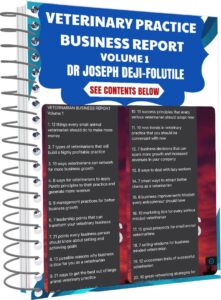🔺An example of financial timelines for sheep and goats production
Here is a simplified financial timeline for sheep and goat production:
1. **Initial Investment (Month 0):**
– Land, fencing, shelter, and equipment costs.
2. **Purchase of Livestock (Months 1-2):**
– Buying sheep or goats from reputable sources.
 Learn More
Learn MoreRead also: 12 benefits of protein in ruminants feeds
3. **Feed and Nutrition (Months 1-12):**
– Ongoing expenses for quality feed, supplements, and healthcare.
4. **Herd/Flock Management (Months 1-12):**
– Labor costs for daily care, monitoring, and health management.
5. **Breeding Program (Months 3-24):**
– If the goal is to expand the flock/herd, consider the breeding program.
6. **Lambing/Kidding (Months 4-5):**
– If breeding, this is when newborn lambs or kids are expected.
7. **Sales of Offspring (Months 6-12):**
– Revenue generated from selling lambs or kids.

8. **Wool or Hair Shearing (Months 6-12):**
– If applicable, shearing and processing wool or hair for additional income.
9. **Market Lamb/Goat Sales (Months 12-24):**
– Selling mature sheep or goats for meat production.
10. **Profit Assessment (Month 24):**
– Calculating overall profit by subtracting total costs from total revenue.
11. **Reinvestment or Expansion (Month 25):**
– Deciding whether to reinvest profits, expand the flock/herd, or make improvements.
12. **Culling and Replacement (Months 24-36):**
– Assessing the flock/herd, culling older or less productive animals, and replacing them if necessary.
Read also: How to manage your fund in pig farming business
Remember, these timelines can vary based on the specific goals of the operation, the type of sheep or goats, and local conditions. Adapt the plan based on your production objectives and market dynamics.
🧩CREATED BY DR JOSEPH DEJI-FOLUTILE
For more information and updates join our WhatsApp group HERE
Follow us on Twitter HERE











